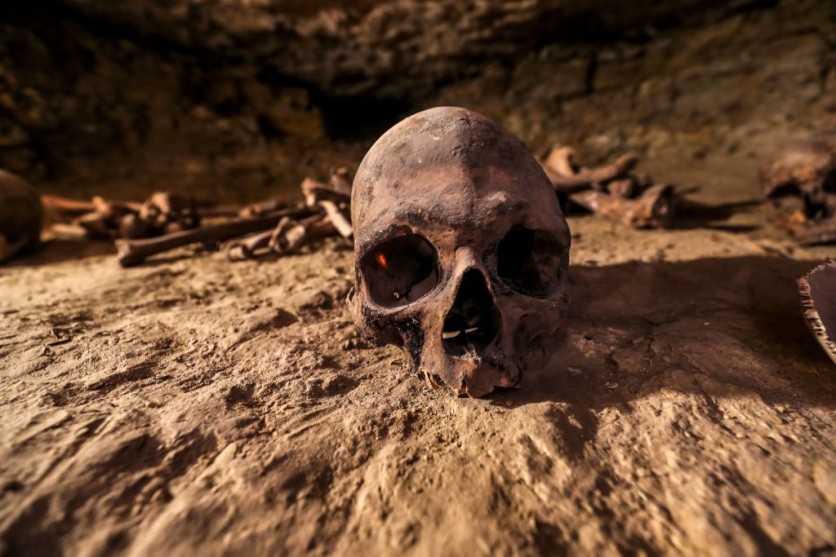Researchers in China were able to make a remarkable find that could give a window into an early human species in the form of an ancient human skull, according to a report by Nature on Tuesday.
Archaeologists and paleoanthropologists expect that the discovery of the fossil will shed further light on the complex family tree of the ancient humans that once roamed Eurasia.

Yunxian Skulls
The skull was unearthed on May 18 near an excavation site at the west of Yunyang, or Yunxian, which lies in the Hubei region of central China.
The researchers believe that the find could belong to the same species of prehistoric humans because it is situated 35 meters from two more skulls that were found there in 1989 and 19901.
The Yunxian 2 skull was digitally reconstructed in 2010, and it was then determined that it most likely belonged to the extinct human species Homo erectus.
The Yunxian people survived between 1.1 million and 800,000 years ago, according to the dating of soil and animal fossils from the site.
The Yunxian 3 skull's top, rear, and left cheekbone have been found intact, including its forehead featuring its eye sockets and brow ridge.
According to Gao Xing of the Institute of Vertebrate Paleontology and Paleoanthropology in Beijing, who is in charge of the excavation, it is currently unknown if teeth or a lower jawbone are attached to the head.
Read Also : Archaeologists May Have Found a 200-year-old Skeleton that Belonged to a Shipwrecked Sailor in Cornwall
Homo Erectus Fossils
The Yunxian 1 and 2 skulls are said to have some characteristics common with earlier Homo erectus fossils from Asia and ancient fossils from Java.
They are big-brained skulls, just like the Javanese relics. However, the team claims that they are not as heavy, which is a sign of a more contemporary person.
More than a dozen locations in China have yielded Homo erectus remains, according to researchers. They claim that some of these populations may have descended from the ancient humans found at Yunxian, but their skulls show distinctive traits that distinguish them from other populations.
For instance, the Peking Man Site fossils, which dated to around 700,000 years ago and were found in the Zhoukoudian cave system in suburban Beijing, show a large sagittal keel, a crest that runs along the middle of the head for the attachment of powerful jaw muscles.
The team noted that this trait appears to be absent from all Yunxian skulls.
Fossils discovered in Java, an Indonesian island, in the late nineteenth century served as the basis for the first description of Homo erectus. According to fossils found in Java that date to 1.5 million years ago, this species may have been the first early humans to leave Africa.
The Yunxian 3 cranium is surrounded by tiny animal fossils, which is slowing down extraction. The study notes that these specimens could help determine the Yunxian 3 skull's age and link it to early human bones discovered with prehistoric animals in other parts of China.
Related Article : Archaeologists Unearth Hundreds of Mummies on the Pyramid of a Mysterious Queen in Egypt


![Apple Watch Series 10 [GPS 42mm]](https://d.techtimes.com/en/full/453899/apple-watch-series-10-gps-42mm.jpg?w=184&h=103&f=9fb3c2ea2db928c663d1d2eadbcb3e52)


